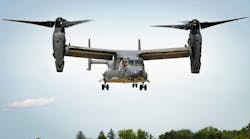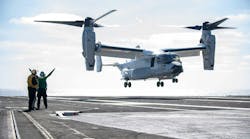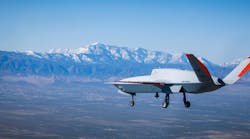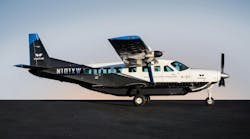Feb. 22--The newest study estimating how fast contaminants from a Kirtland Air Force Base fuel spill would reach Albuquerque drinking water wells gives one of the longest time lines yet -- 40 years -- but a consultant's independent review of the same data suggests that may be overly optimistic.
The 40-year estimate is from a new Air Force-funded contingency planning study, done jointly with the Albuquerque-Bernalillo County Water Utility Authority. However, a Water Authority consultant who examined the same study suggests that the contamination is likely to move more quickly. The consultant's review said more analysis is needed to know how much faster the contaminants will move.
The new analysis is the latest in a flurry of sometimes conflicting estimates of how long it might take the contamination, primarily a toxic chemical known as ethylene dibromide, to reach drinking water wells.
In November, the state Environment Department estimated the contamination was five to seven years away. A draft study by the federal Environmental Protection Agency made public in January estimated it would take 30 years. Two more computer models of the groundwater flow, one being done for the Air Force and another to be done by the U.S. Geological Survey, are expected later this year.
Next meeting
The Albuquerque Bernalillo County Water Utility Authority Board is scheduled to meet at 3 p.m. Wednesday in the City Council chambers at City Hall.
The models are all variations of basic computer simulations on the flow of water through the gravels, rocks, sands and clays that make up the aquifer beneath Albuquerque.
"This model is now one of many," Water Authority hydrologist Rick Shean said of the latest study. All of them, he said, are plagued by uncertainty in the data being used to develop them. "I'd be more confident with the modeling efforts if the data gaps were filled in," Shean said in an interview Friday.
The utility's board of directors is scheduled to hear a report on the study Wednesday.
Discovered in 1999, the leak from underground pipes at Kirtland's aircraft fuel loading facility had likely been going on for decades. Contamination has spread off the base, traveling more than a mile beneath a southeast Albuquerque neighborhood, and is now less than a mile from the nearest utility drinking water well. A New Mexico Environment Department scientist estimated as much as 24 million gallons of aviation fuel spilled before the leak was detected. Efforts to determine the spill's extent have been going on since its discovery, but no groundwater cleanup has been done yet.
Frustrated by the pace of cleanup efforts and worried about the risk to a major source of the metro area's drinking water, the water utility in 2012 negotiated an agreement under which the Air Force would help fund a contingency planning effort.
One of the first steps, to be presented to the water utility board Wednesday, was a computer simulation of the flow of water and contamination through the ground.
In addition to estimating how fast the contamination might reach the drinking water wells, the study was intended to estimate the path the fuel might follow, according to Shean. That is important in deciding where to install additional monitoring wells to provide advance warning as the contamination approaches the wells, Shean said.
Shean said the water utility wants to see the results of all the models before making decisions about how to proceed with its contingency plans.
The documents can be found here.
Copyright 2014 - Albuquerque Journal, N.M.




